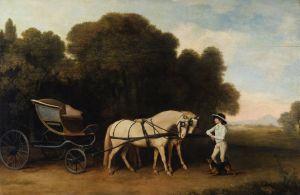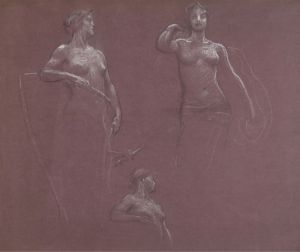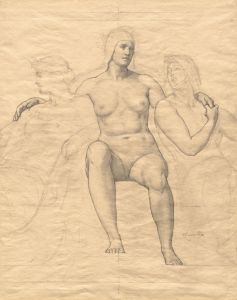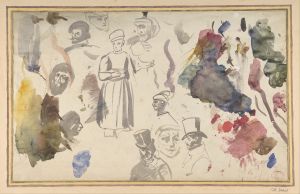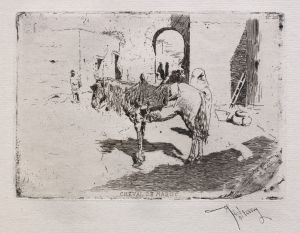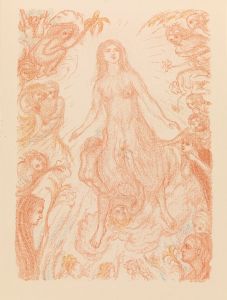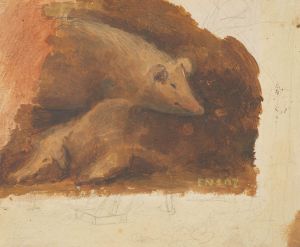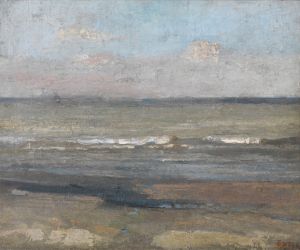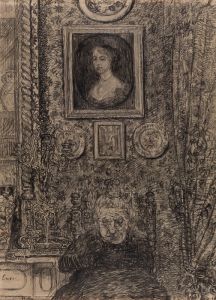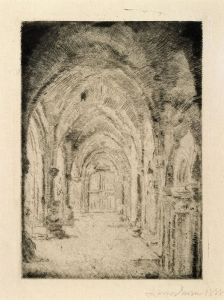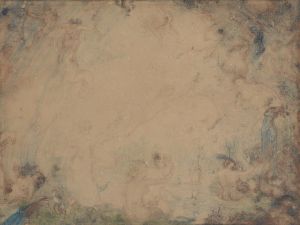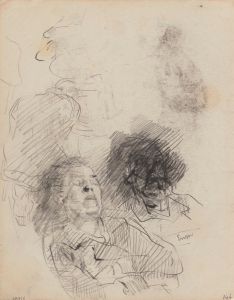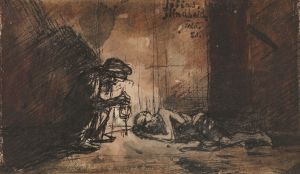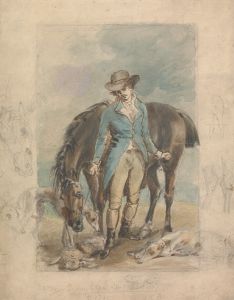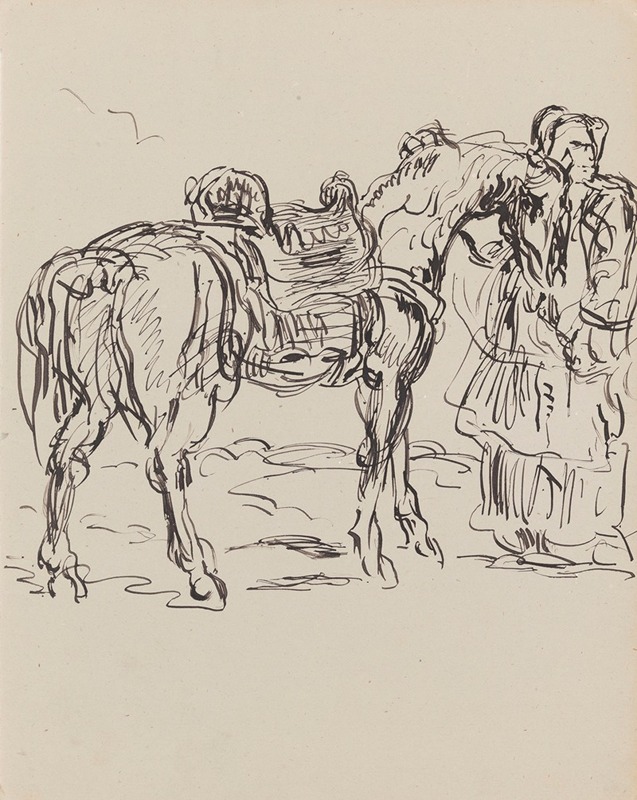
Arabian Horseman and Horse
A hand-painted replica of James Ensor’s masterpiece Arabian Horseman and Horse, meticulously crafted by professional artists to capture the true essence of the original. Each piece is created with museum-quality canvas and rare mineral pigments, carefully painted by experienced artists with delicate brushstrokes and rich, layered colors to perfectly recreate the texture of the original artwork. Unlike machine-printed reproductions, this hand-painted version brings the painting to life, infused with the artist’s emotions and skill in every stroke. Whether for personal collection or home decoration, it instantly elevates the artistic atmosphere of any space.
James Ensor, a prominent Belgian painter and printmaker, is known for his unique and often surreal style that blends elements of symbolism and expressionism. One of his lesser-known works, "Arabian Horseman and Horse," reflects his fascination with exotic and fantastical subjects. Although there is limited information available specifically about this painting, we can explore Ensor's broader artistic context and style to provide a meaningful introduction.
James Ensor was born in 1860 in Ostend, Belgium, and spent most of his life there. He was a key figure in the Belgian avant-garde movement and played a significant role in the development of modern art in Europe. Ensor's work is characterized by its bold use of color, intricate detail, and often grotesque or fantastical imagery. He was influenced by a variety of sources, including Flemish painters, the Impressionists, and the burgeoning Symbolist movement.
Ensor's paintings often feature a mix of reality and fantasy, with a penchant for the theatrical and the bizarre. His works frequently include masks, skeletons, and carnival scenes, reflecting his interest in themes of mortality, identity, and the absurdity of human existence. This fascination with the fantastical and the exotic can be seen in "Arabian Horseman and Horse."
While specific details about "Arabian Horseman and Horse" are scarce, the painting likely showcases Ensor's skill in capturing movement and emotion through his dynamic brushwork and vivid color palette. The subject of an Arabian horseman suggests an interest in the exotic and the romanticized vision of the East, which was a common theme in 19th-century European art. This fascination with the "Orient" was part of a broader trend known as Orientalism, where Western artists depicted Eastern subjects in a stylized and often idealized manner.
Ensor's work often defies easy categorization, as he drew from a wide range of influences and experimented with various styles throughout his career. His paintings can be seen as a bridge between the traditional and the modern, combining elements of realism with imaginative and symbolic content. This blend of styles is evident in "Arabian Horseman and Horse," where the depiction of the horseman and his steed may be both realistic and imbued with a sense of mystery or otherworldliness.
Despite the lack of specific information about "Arabian Horseman and Horse," it is clear that the painting fits within Ensor's broader oeuvre, characterized by its vibrant color, expressive technique, and interest in the fantastical. Ensor's work continues to be celebrated for its originality and its ability to challenge conventional artistic norms, making him a pivotal figure in the transition from 19th-century art to the modernist movements of the 20th century.
In summary, while "Arabian Horseman and Horse" may not be as well-documented as some of Ensor's other works, it remains an intriguing piece that reflects the artist's unique vision and his fascination with the exotic and the imaginative. Through this painting, Ensor invites viewers to explore a world where reality and fantasy intertwine, offering a glimpse into the mind of one of Belgium's most innovative artists.





